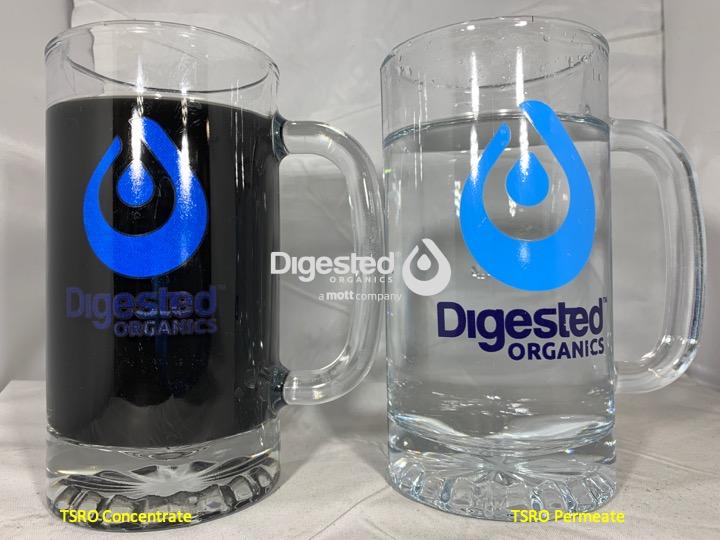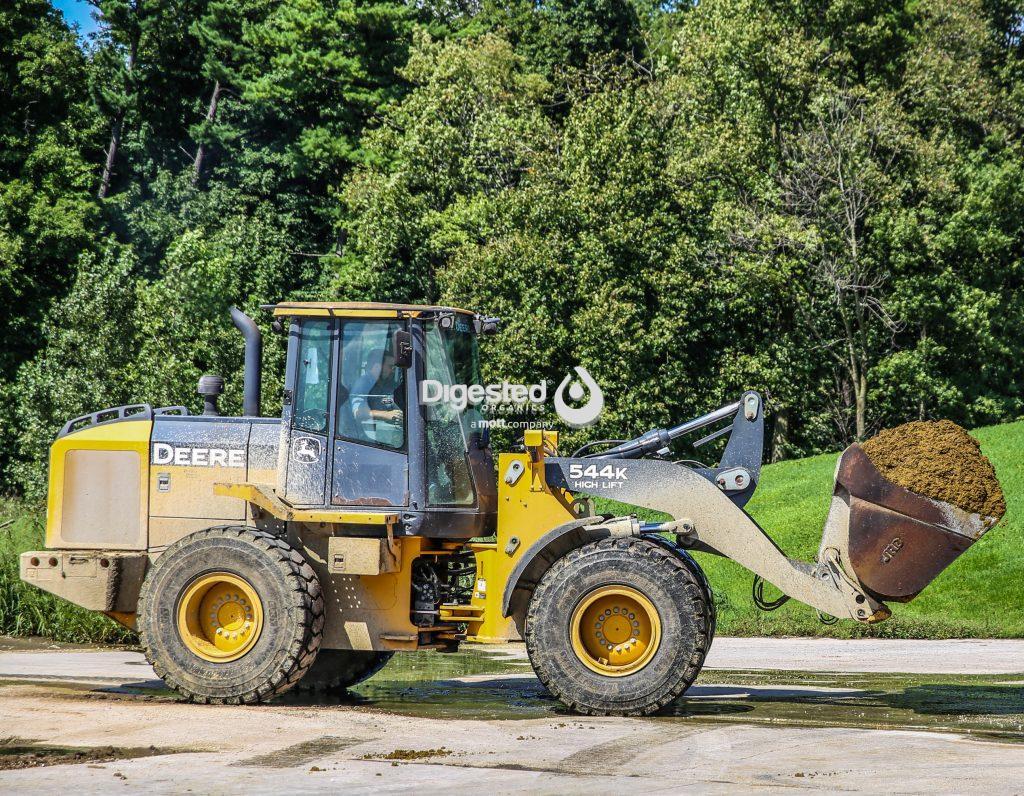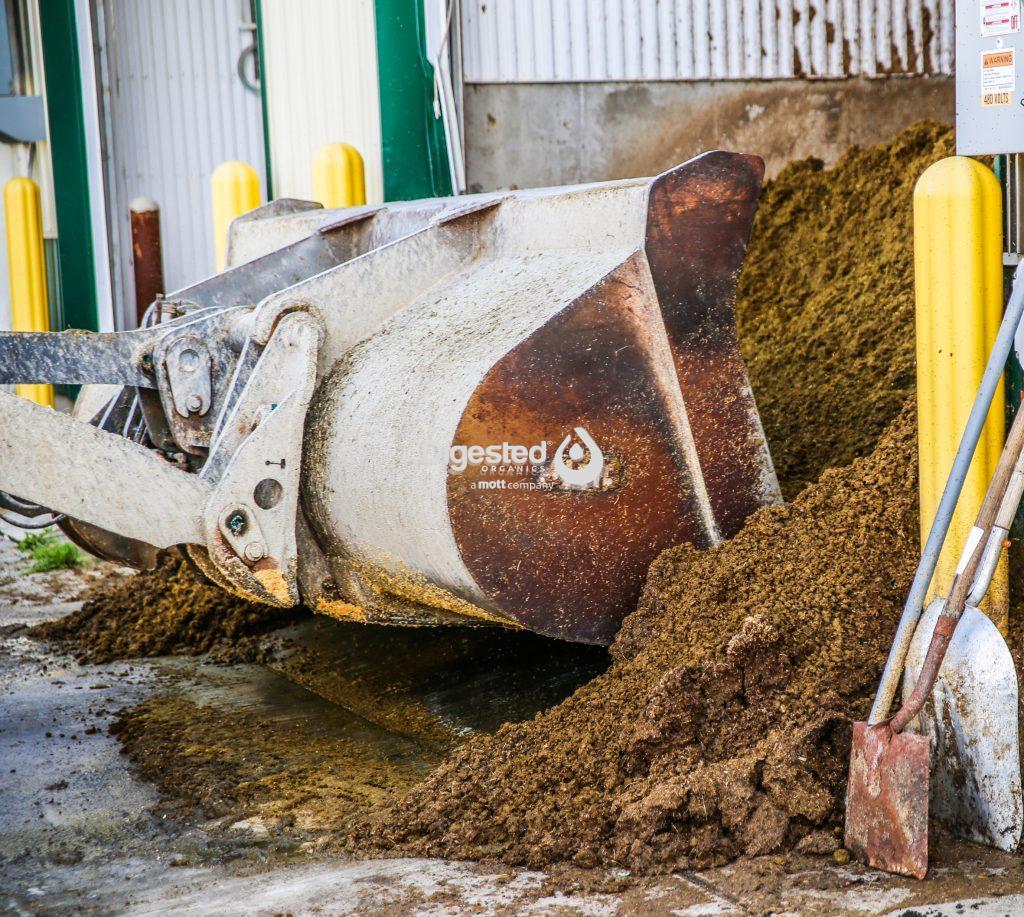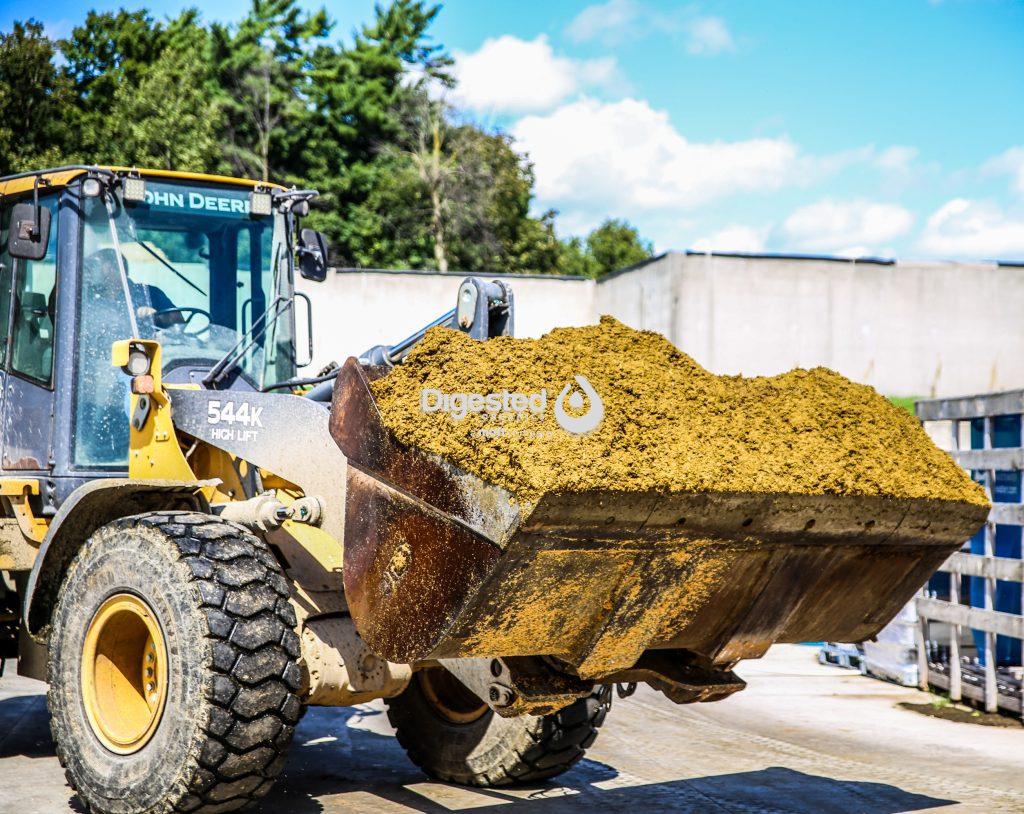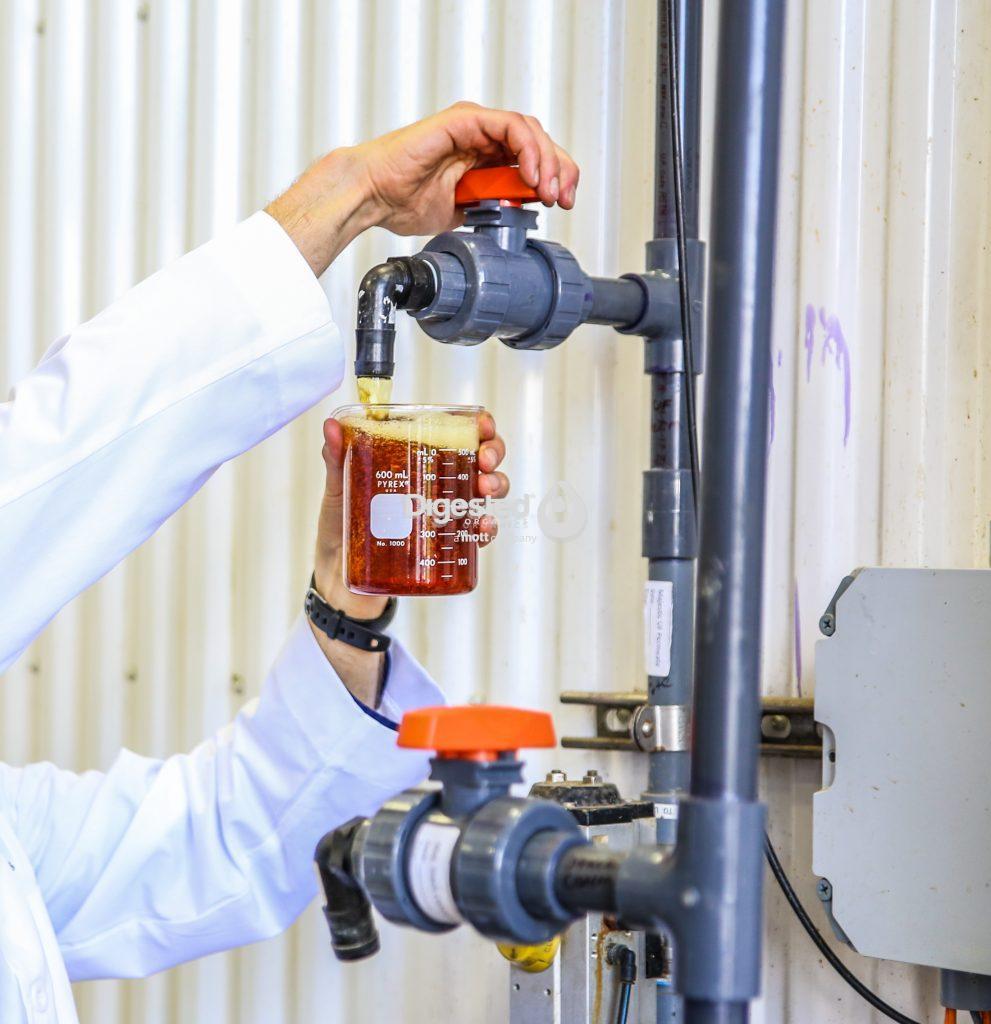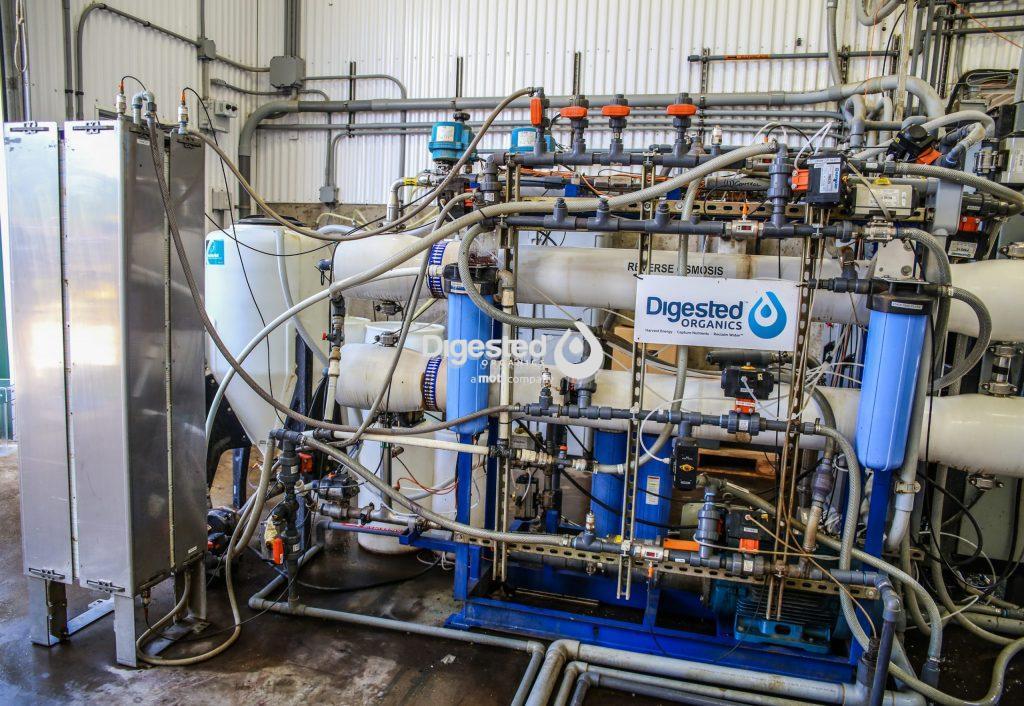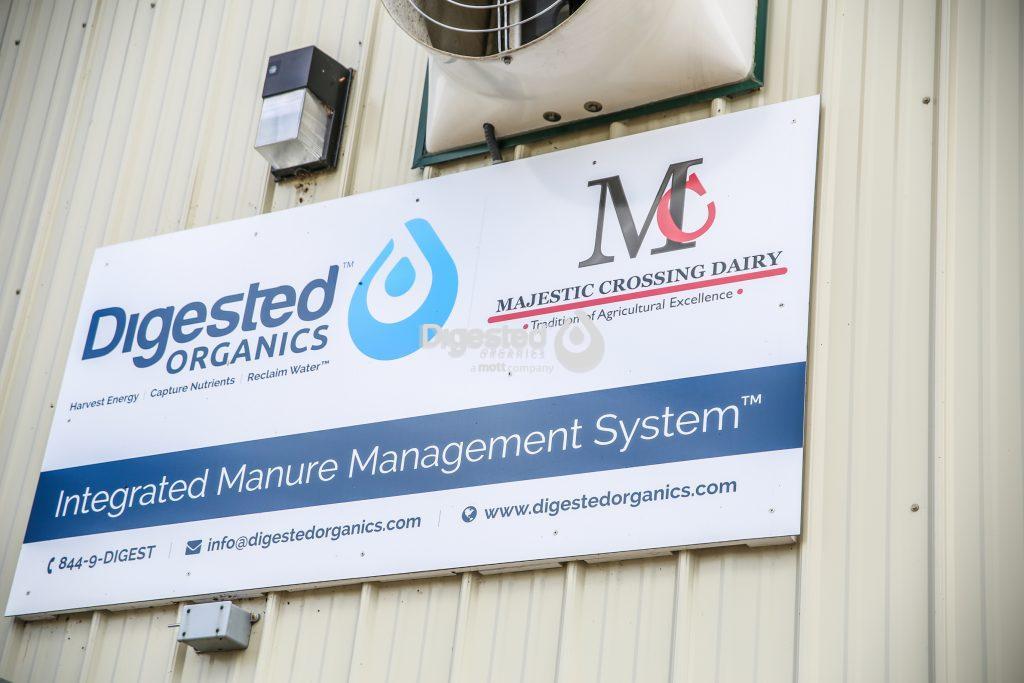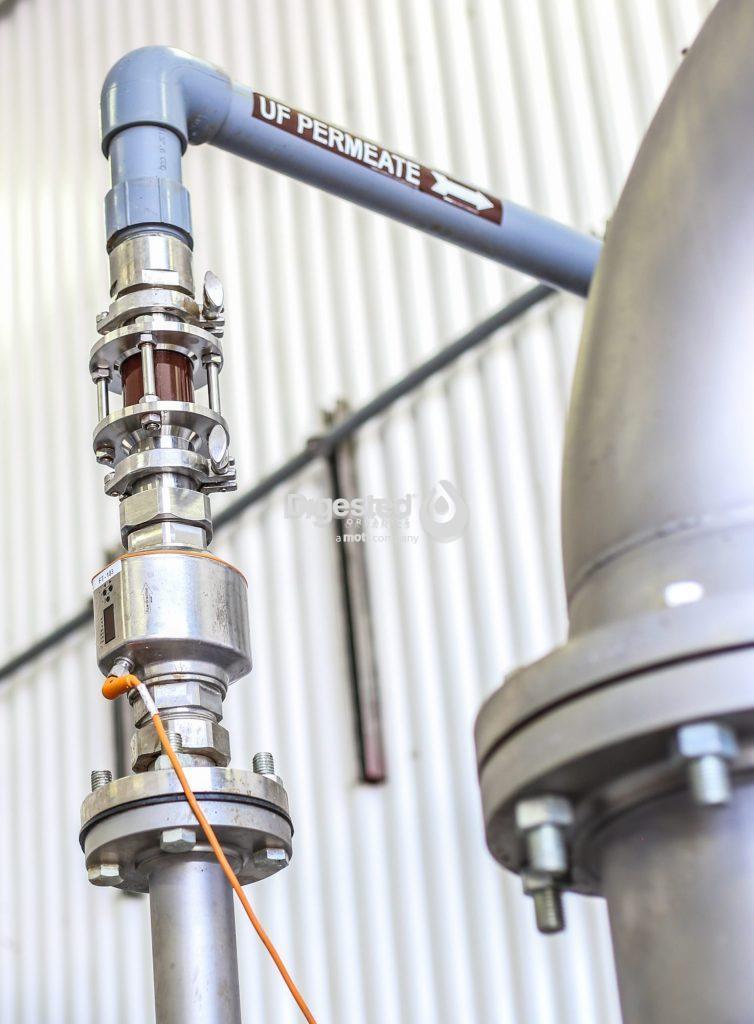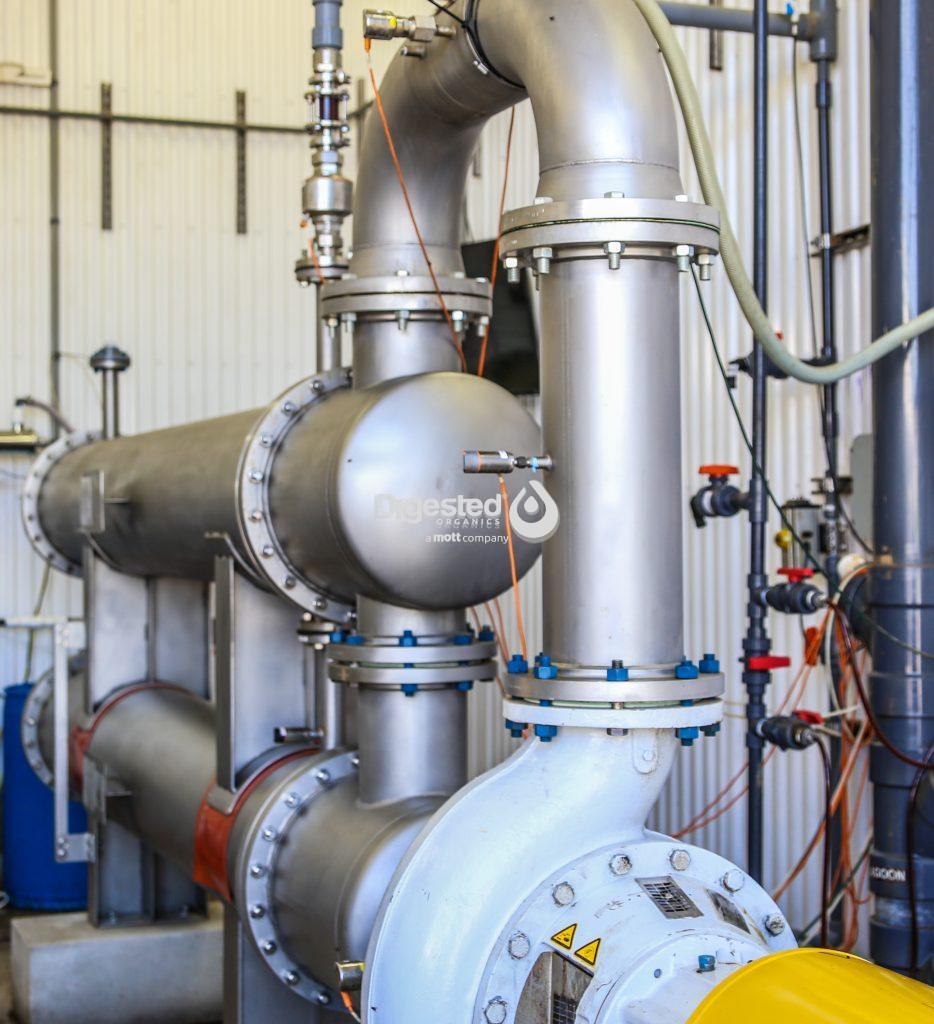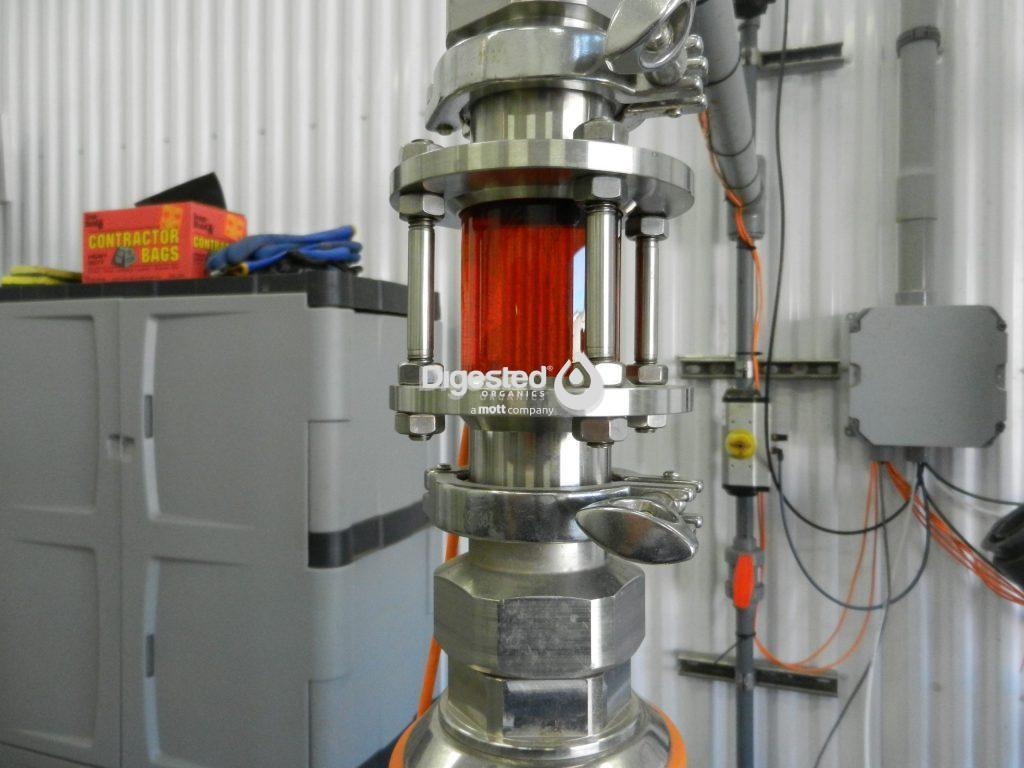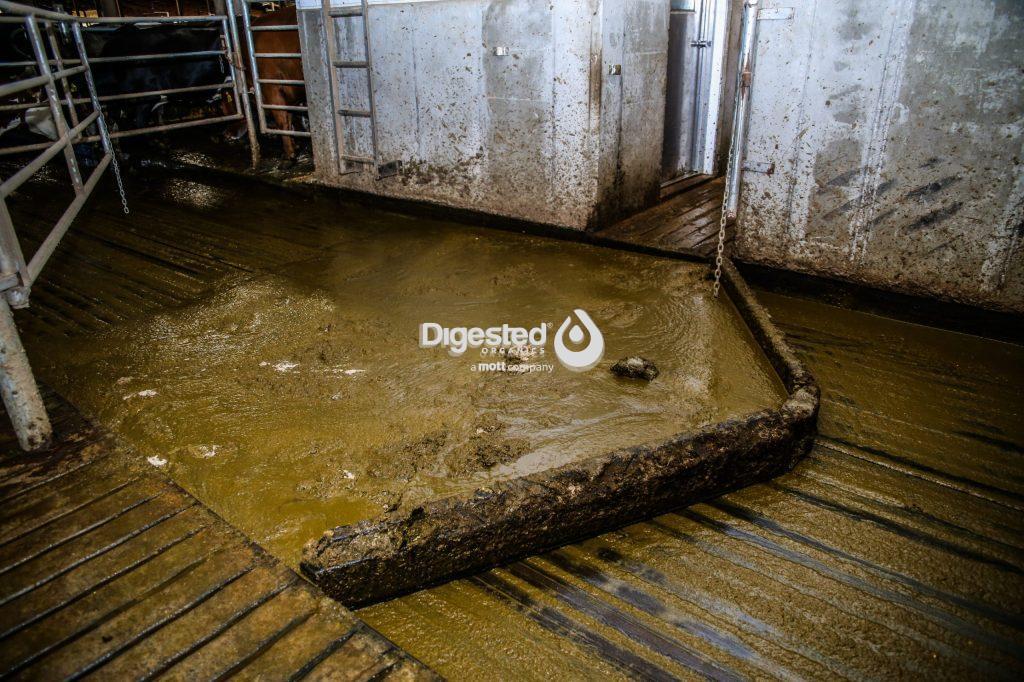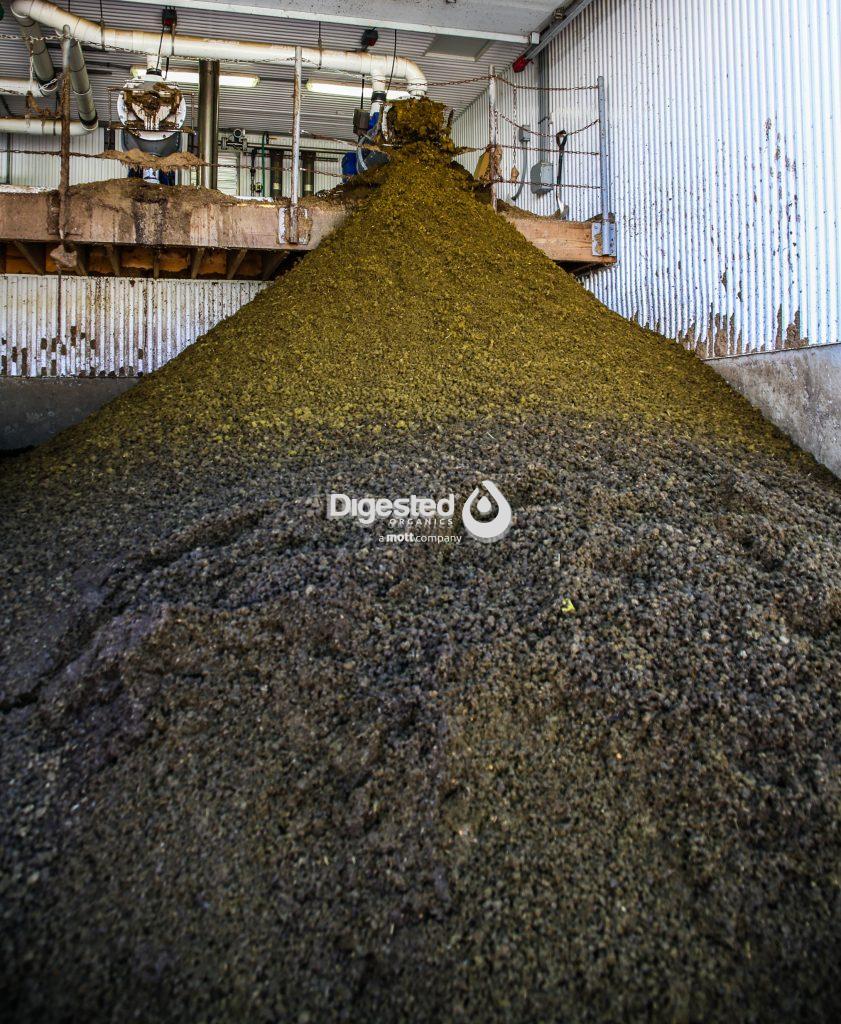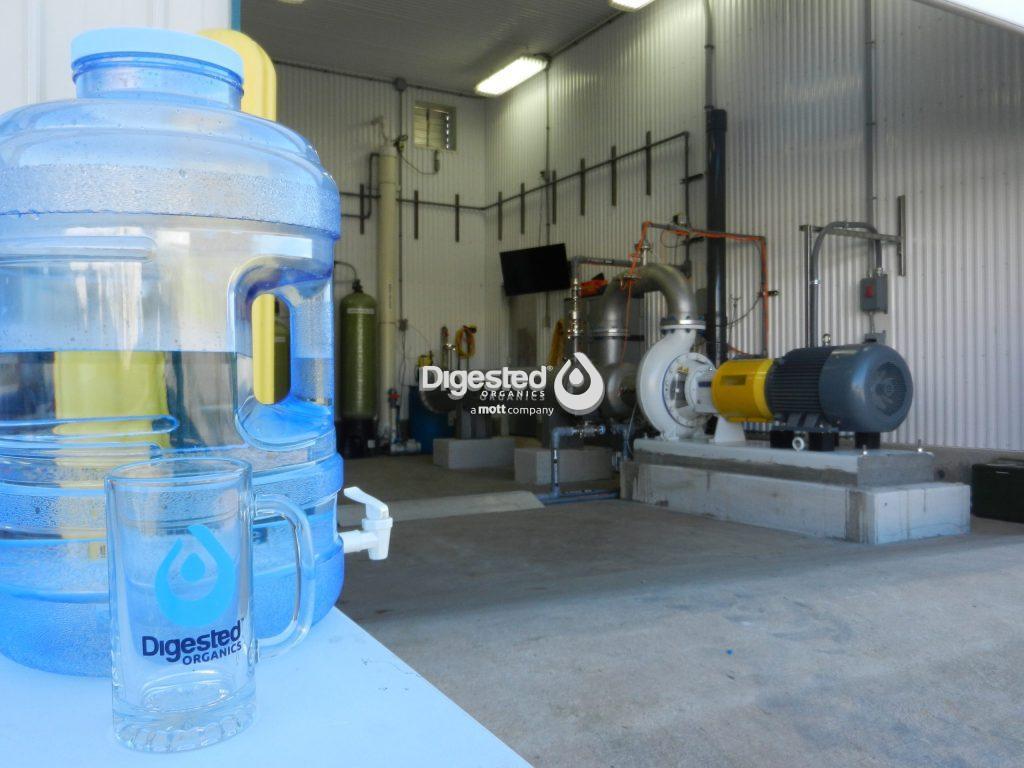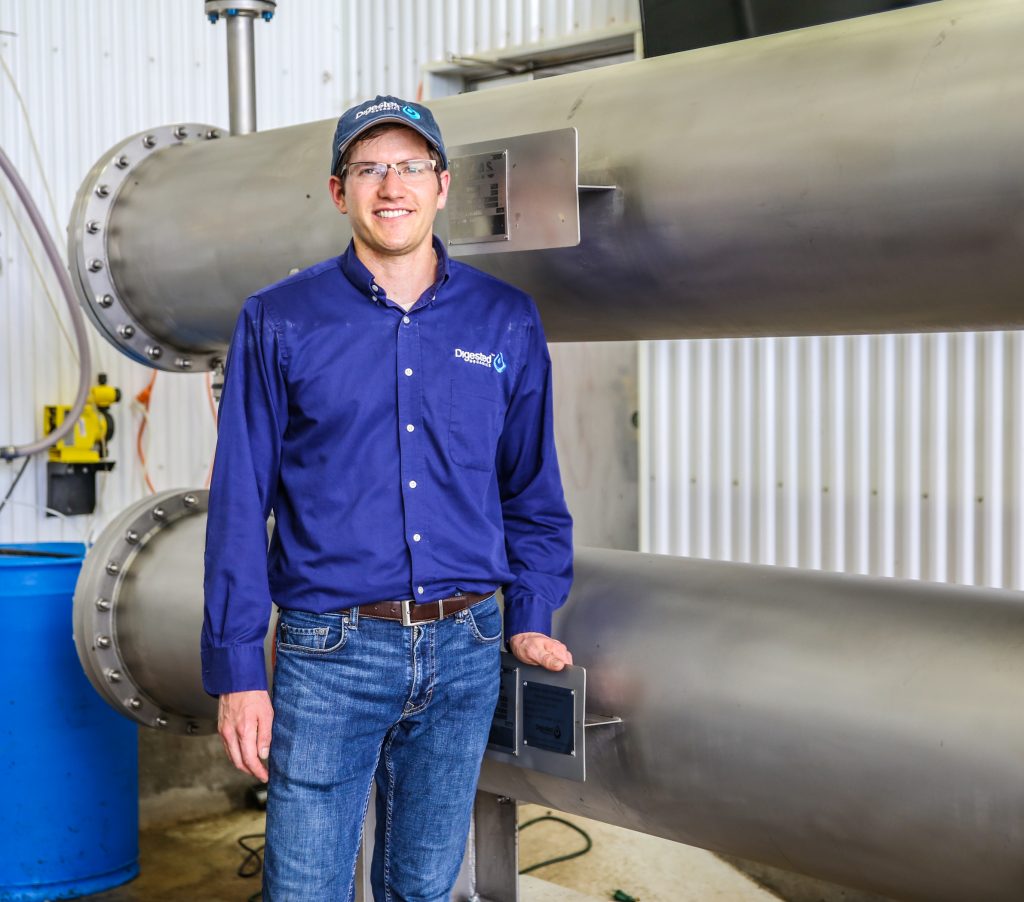Michigan Municipal Landfill Leachate Treatment
Two-Step Reverse Osmosis (TSRO)
Client
Year
2020
- Two-Step Reverse Osmosis (TSRO)
Case Study: TSRO, Landfill, Municipal
A municipal landfill leachate based in Michigan produces 50,000 GPD of leachate from their landfill. The leachate is currently processed by conventional wastewater treatment, which doesn’t meet the standard to discharge in the water bodies. They wanted to treat their process water to make clean water to comply with the regulatory permit.
Company Issue / Challenge
The company is currently providing huge surcharge for releasing the leachate stream directly in a creek.
The cost for land application is high and runoff has few nutrients, so paying to truck this material to farm fields is not efficient.
Managing the storage and hauling of leachate is a constant challenge and requires coordination of various trucks throughout the year.
Concentrating the nutrients in the leachate for storage and later land application with manure would be most efficient.
What We Delivered
Impact & Benefits
Our filtration system is designed to recover more than 75% of the leachate as clean water for direct discharge.
| PARAMETER | Unit | Landfill Leachate | TSRO Permeate | TSRO Concentrate | Percent Removal by TSRO |
|---|---|---|---|---|---|
| Total Solids | mg/L | 17,300 | 2100 | 52,900 | 88% |
| Ammoniacal Nitrogen | mg/L | 1,100 | 86.8 | 1,320 | 92% |
| Organic Nitrogen | mg/L | 110 | 6.9 | 230 | 94% |
| Total Kjeldahl nitrogen (TKN) | mg/L | 1,210 | 93.7 | 1,550 | 92% |
| Phosphorus | mg/L | 11 | n.d. | 12 | 100% |
| Potassium | mg/L | 557 | 19 | 828 | 97% |
| Sulfur | mg/L | 47 | n.d. | 294 | 100% |
| Calcium | mg/L | 148 | n.d. | 391 | 100% |
| Magnesium | mg/L | 150 | n.d. | 359 | 100% |
| Sodium | mg/L | 5,660 | 793 | 16,100 | 86% |
| Iron | mg/L | 41.9 | n.d. | 50.9 | 100% |
| Manganese | mg/L | 0.405 | n.d. | 0.676 | 100% |
| Zinc | mg/L | 1.19 | n.d. | 1.38 | 100% |
| Copper | mg/L | 0.02 | n.d. | 0.29 | 100% |
| Conductivity | mS/cm | 31.8 | 5.57 | 71.6 | na |
| pH | S.U. | 7.57 | 6.61 | 8.2 | na |
These data reveal that majority of total solids (88%); total nitrogen (92%) and metals were removed by the TSRO. Phosphorus concentration was below detection limit indicating that the TSRO produced very clean water. Note that the high concentration of sodium in the TSRO concentrate is an artifact of batch concentration that leads to elevated total solids concentration. It would not be expected in the commercial, continuous system.
Are you facing a similar business challenge?
Call today and get discounted pilot testing when you mention this case study!

